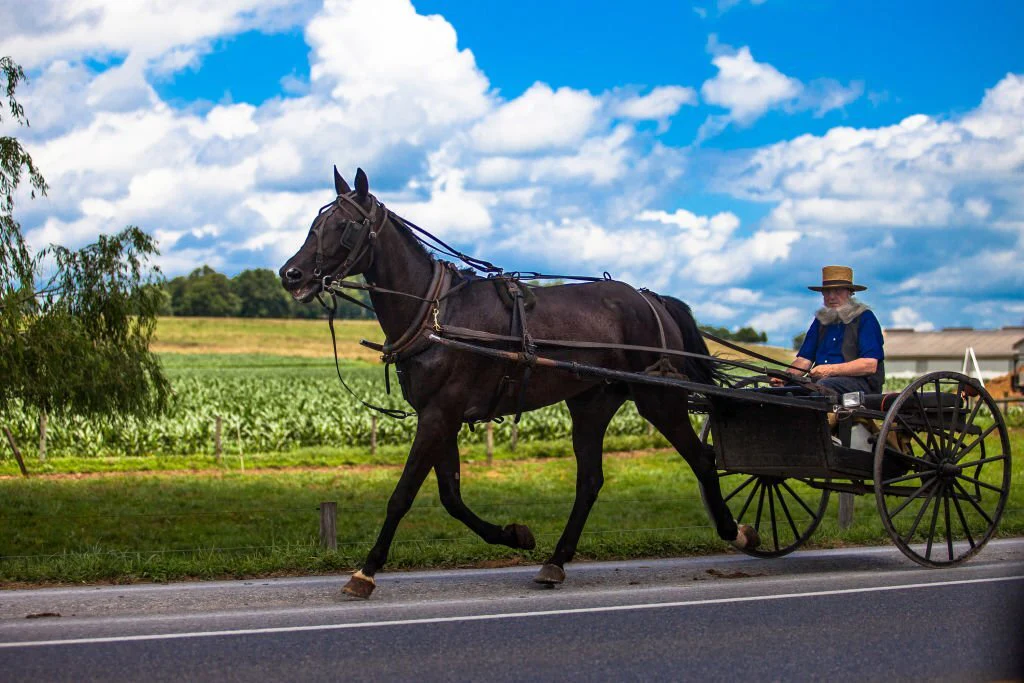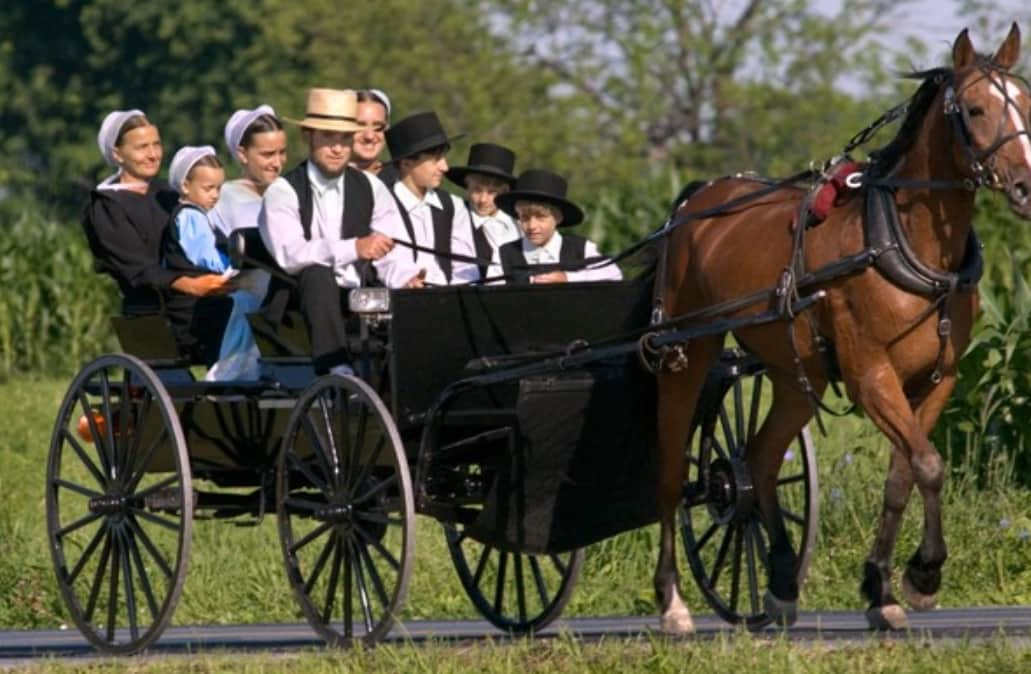How Amish Traditions Have Survived Centuries
Amish traditions have endured for centuries, maintaining a unique way of life despite the pressures of modern society. From their European origins to present-day America, Amish communities have preserved faith, family, craftsmanship, and rural living. Understanding how these traditions have survived provides insight into the resilience, values, and intentional choices that define Amish culture.
European Roots and Migration
Amish traditions trace back to the Anabaptist movement in 16th-century Europe. Leaders like Jakob Ammann emphasized adult baptism, nonviolence, community cohesion, and simplicity. Persecution from both religious and civil authorities forced many Amish families to seek safety abroad.
In the 18th century, Amish settlers migrated to North America, primarily Pennsylvania, seeking religious freedom and fertile farmland. This migration allowed them to establish communities where they could continue practicing their beliefs and maintain cultural continuity.
Commitment to Faith and Community
Faith and community are at the heart of Amish life, serving as pillars for cultural survival. Regular worship, Bible study, and religious instruction ensure that each generation understands the values of humility, obedience, and nonresistance.
Communal practices, such as barn raisings and cooperative farming, reinforce social bonds and shared responsibility. By prioritizing collective well-being over individualism, Amish communities preserve traditions through mutual support and continuity.
Emphasis on Family and Education
Family plays a central role in preserving Amish culture. Large, close-knit families transmit language, customs, and skills from parents to children. Children attend local one-room schools, learning reading, writing, arithmetic, and practical skills aligned with Amish life.
Education reinforces both cultural identity and self-sufficiency. By teaching practical skills like farming, woodworking, and quilting, Amish parents ensure that their children can maintain traditions while contributing to the community.
Preservation of Language and Customs
Language and customs have helped Amish culture survive centuries. Many communities continue to speak Pennsylvania Dutch, a dialect rooted in German, preserving a tangible connection to their European heritage.
Customs like plain dress, handmade quilts, and traditional foods reflect adherence to simplicity and faith. Rituals, celebrations, and religious observances maintain continuity, linking past generations with the present.
Sustainable Farming and Craftsmanship
Traditional farming practices and craftsmanship have also contributed to the survival of Amish traditions. Crop rotation, animal husbandry, and organic fertilization reflect knowledge passed down through generations.
Handmade furniture, quilts, and other crafts not only support local economies but also preserve artisanal skills. These practices sustain both the community and cultural identity, demonstrating the value of hands-on work and intentional living.
Limiting Modern Technology
The Amish intentionally limit technology to protect cultural cohesion and simplicity. While some communities use select modern tools for practical purposes, many avoid electricity, cars, and smartphones in daily life.
By controlling exposure to modern conveniences, Amish communities reduce external influence, ensuring that traditions remain central to family and community life. This selective adoption reinforces continuity while allowing practical adaptation.

Lessons from Amish Resilience
Amish traditions demonstrate that culture survives through intentionality, education, and community support. By valuing faith, family, craftsmanship, and cooperation, the Amish maintain identity across generations.
Their example offers lessons for modern society: prioritizing meaningful connections, passing down skills and values, and balancing adaptation with preservation can strengthen cultural continuity.
Conclusion
Amish traditions have survived centuries due to faith, community cohesion, family-centered education, preservation of language and customs, sustainable practices, and careful management of modern technology. These intentional choices allow the Amish to maintain a distinctive, resilient culture that thrives across generations. Observing Amish communities today provides insight into a society that values simplicity, cooperation, and heritage, offering a living example of how traditions endure despite the passage of time.



